Tag: hemorrhage
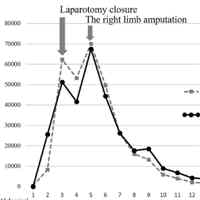
Leriche Syndrome Diagnosed Due to Polytrauma
In this case, conservative therapy was initially chosen for Leriche syndrome. However, the complex factors in the acute phase of trauma led to development of hemorrhagic necrosis, requiring amputation of the lower extremity.... read more
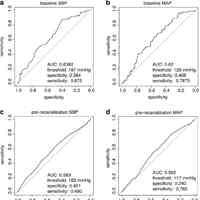
Hemodynamic Status During Endovascular Stroke Treatment
In our protocol-based setting, intraprocedural pre-recanalization BP reductions during endovascular therapy were not associated with functional outcome. However, higher intraprocedural pre-recanalization SBP and MAP were... read more

Scripts for Subconjunctival Hemorrhage, Fainting and Syncope, and Viral Illness
Many parts of the ED encounter interfere with patient or family comprehension, not the least of which is the ED's noisy, hurried environment. But other factors affect what they understand and remember about the encounter—their... read more

Therapeutic Anticoagulation vs. Usual Care in Noncritically Ill COVID-19 Patients
Among noncritically ill patients with COVID-19 infection, therapeutic anticoagulation with heparin improved the proportion of patients who survived without need for organ support. Therapeutic anticoagulation was associated... read more

Thrombosis vs. Hemorrhage Rates in Patients with Severe Respiratory Failure Due to COVID-19
Significant rates of pulmonary thromboembolism and of catheter-associated deep vein thrombosis were seen in both viral infections but were greater in those requiring the use of extracorporeal membrane oxygenation in coronavirus... read more
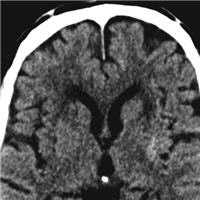
Admission Hemoglobin Levels Are Associated With Functional Outcome in Spontaneous Intracerebral Hemorrhage
Higher hemoglobin levels are associated with better outcome in intracerebral hemorrhage. Further research is needed to evaluate admission hemoglobin levels as both a therapeutic target and predictor of outcome. Our exposure... read more

Safety profile of enhanced thromboprophylaxis strategies for critically ill COVID-19 patients
In a cohort of critically ill patients with a high prevalence of thromboembolic events, ET was associated with reduced ICU mortality without an increased burden of haemorrhagic complications. This study suggests ET strategies... read more
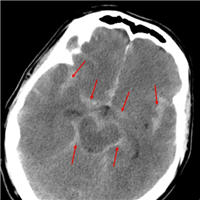
Subarachnoid Hemorrhage in the Emergency Department
Subarachnoid hemorrhages (SAH) are frequently misdiagnosed; therefore, we believe it is imperative to address the diagnosis and initiation of early management in the emergency medicine department to minimize poor outcomes... read more
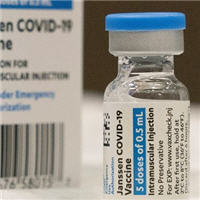
Cerebral Venous Sinus Thrombosis With Thrombocytopenia After Johnson & Johnson Vaccination
The initial 12 US cases of Cerebral Venous Sinus (CVST) with thrombocytopenia after Ad26.COV2.S (Janssen/Johnson & Johnson) vaccination represent serious events. This case series may inform clinical guidance as Ad26.COV2.S... read more
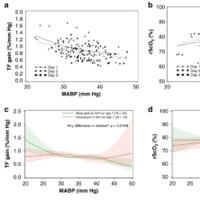
Cerebral Oxygen Saturation and Autoregulation During Hypotension in Extremely Preterm Infants
Dopamine had no effect on rScO2 compared to placebo in hypotensive infants. Hypotension and cerebral hypoxia are associated with early intraventricular hemorrhage or death. Prospective cohort study of blinded rScO2 measurements... read more

Massive Alveolar Hemorrhage Presenting During the COVID-19 Pandemic
The coronavirus disease (COVID-19) pandemic has challenged healthcare systems and has resulted in complex diagnostic processes for patients with non-COVID-19 pathology. Here, we demonstrate a case of massive alveolar... read more

The fragility index in randomised controlled trials of interventions for aneurysmal subarachnoid hemorrhage
Fragility analysis supplements the p-value and risk of bias assessment in the interpretation of results of randomised controlled trials. In this systematic review we determine the fragility index (FI) and fragility quotient... read more

Timing, Outcome, and Risk Factors of Intracranial Hemorrhage in ARDS Patients During VV-ECMO
Intracranial hemorrhage occurs early during venovenous extracorporeal membrane oxygenation (VV-ECMO) and is a determinant for 60-day mortality. Appropriate adjustment of identified modifiable risk factors might lower... read more

Risk Factors of Ischemic and Hemorrhagic Strokes During Venovenous ECMO
Among venovenous extracorporeal membrane oxygenation patients in the Extracorporeal Life Support Organization registry, approximately 5% had acute brain injury. Mortality rates increased two-fold when ischemic or hemorrhagic... read more




